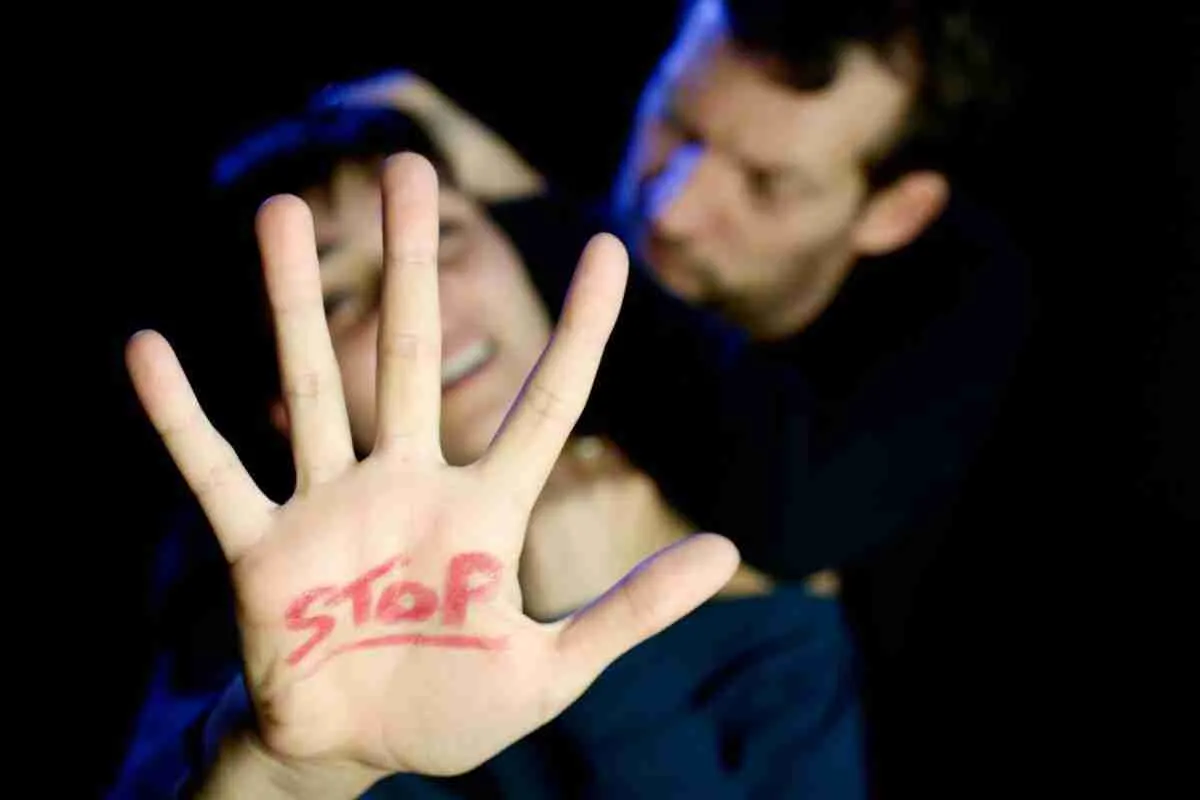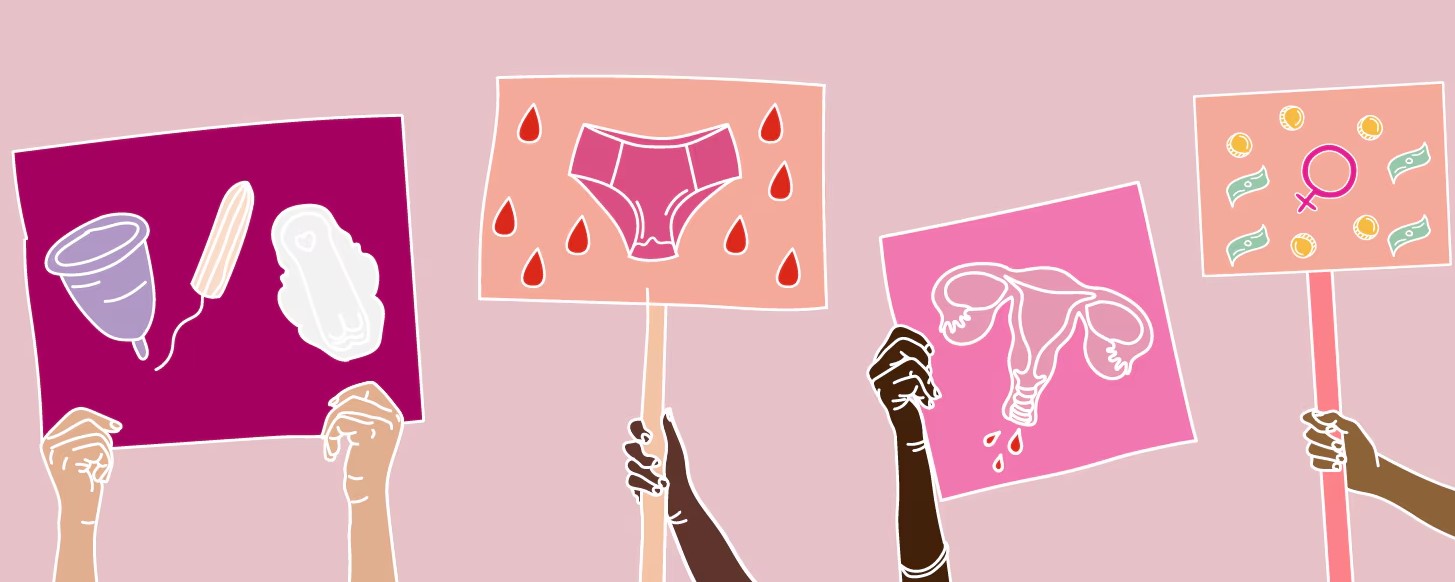Violence and abuse are often seen as interchangeable, but they are distinct in important ways. Violence is typically a single act that causes harm, while abuse is a repeated pattern of behavior aimed at controlling or manipulating someone.
The overlap between the two can cause confusion, yet understanding their differences is crucial. Both are harmful, but the way they impact individuals and the support they require can vary significantly.
Addressing these issues starts with being honest about what they involve and how they affect lives.
What Defines Violence?

Violence is often understood as an intentional act that causes physical harm, injury, or damage. It typically involves the use of force and may occur in various settings, from personal conflicts to public spaces.
Unlike abuse, which often follows a repeated pattern, violence can occur as a single, isolated incident.
Common forms of violence include physical aggression, such as hitting or kicking, as well as actions like sexual assault or the use of weapons.
While violence may not always be part of an ongoing situation, its effects can leave lasting physical and emotional scars for those involved.
How Abuse Differs from Violence?

Abuse goes beyond single acts of harm. It involves repeated behavior intended to control, manipulate, or dominate someone else. This pattern of harm often affects a victim’s emotional well-being, self-esteem, and sense of safety over time.
Abuse can take many forms, including physical, emotional, psychological, verbal, or financial harm.
Unlike violence, abuse is typically driven by a desire for power and control, creating an ongoing dynamic that traps victims in harmful situations. Understanding this distinction is key to recognizing the unique challenges that victims of abuse face.
Comparison in Impact
| Aspect | Violence | Abuse |
|---|---|---|
| Frequency | Often isolated or sporadic incidents | Repeated, continuous behavior aimed at maintaining control |
| Intent | May be impulsive or situational | Usually intentional, aiming to manipulate or dominate |
| Victim-Perpetrator Relationship | Often unrelated (e.g., strangers) | Frequently involves close or trusted relationships (e.g., family, partners) |
| Legal Response | Typically treated as isolated criminal acts | Treated as a long-term pattern with stricter legal implications |
| Examples | Physical assault in public | Long-term emotional and physical harm within a relationship |
Key Similarities Between Violence and Abuse

Violence and abuse share several characteristics, often leading to confusion between the two. Both cause harm to individuals, disrupt lives, and require immediate intervention to prevent further damage. While distinct, the overlap in their impact and nature underscores the need for careful understanding.
Common Features Shared by Violence and Abuse
- Harmful Intentions: Both involve actions intended to hurt, harm, or dominate another person, whether physically, emotionally, or psychologically.
- Emotional and Psychological Impact: Both leave lasting scars on victims, including trauma, anxiety, depression, and trust issues.
- Relationship Strain: Both damage personal, familial, or social relationships. Victims often withdraw due to fear or shame.
- Need for Intervention: In both cases, intervention is critical to ensure safety and provide the victim with the necessary support.
- Legal and Social Consequences: Both are addressed through laws and social programs designed to protect victims and hold perpetrators accountable.
According to the University of Washington, 75% of sexual assault survivors meet the criteria for PTSD one month after the assault.
About 6% of the U.S. population will have PTSD at some point in their lives.
The Role of Control in Abuse
Control is a defining feature of abuse, setting it apart from isolated acts of violence.
Abusers often use manipulation, intimidation, or coercion to gain dominance over their victims. This behavior creates a dynamic where the victim feels trapped, powerless, or reliant on the abuser.
Abuse often involves tactics that go beyond physical harm, such as emotional manipulation, financial restriction, or social isolation.
Examples of Control in Abuse

- Emotional Manipulation: An abuser may guilt their victim into compliance, often using phrases like, “If you loved me, you would…” or playing on insecurities to undermine their self-worth.
- Financial Control: Restricting access to money or preventing a victim from working, leaving them financially dependent.
- Social Isolation: Cutting off the victim from friends and family, making them feel alone and without support.
- Monitoring Behavior: Using technology or other means to track the victim’s movements, messages, and activities to assert control.
Patterns in Abusive Behavior
Abuse is rarely a single event. It often develops as a pattern of behavior where the abuser gains and maintains control over their victim. These patterns can be subtle at first but escalate over time, making it harder for victims to recognize or escape.
Common Patterns in Abuse
- Cycle of Abuse: Many abusive relationships follow a predictable cycle: tension builds, an abusive incident occurs, and the abuser apologizes or makes promises to change. This cycle often repeats, trapping the victim in a continuous loop.
- Escalation Over Time: Abusive behavior often starts small, such as verbal insults or criticism, but can progress to physical violence or severe emotional harm as the abuser gains more control.
- Use of Guilt and Fear: Abusers frequently rely on guilt or fear to manipulate their victims, making them feel responsible for the abuse or too afraid to leave.
Emotional abuse survivors often report lasting impacts on self-esteem, making it difficult to recognize their worth outside the abusive relationship.
Types of Violence and Their Impact
Violence can take many forms, each with distinct characteristics and consequences. Understanding these types helps in recognizing harmful actions and addressing them effectively.
Common Types of Violence

- Physical Violence: Intentional use of force to harm, injure, or kill. Examples include hitting, kicking, choking, or burning. This type of violence often leaves visible injuries but can also result in long-term physical and psychological damage.
- Sexual Violence: Includes any non-consensual sexual act. This can involve unwanted touching, sexual assault, or sharing intimate images without permission. Victims often experience deep emotional and physical trauma.
- Domestic Violence: Occurs within familial or intimate relationships, often involving repeated harmful actions like physical assault, threats, or emotional manipulation.
- Emotional Violence: Non-physical acts meant to harm a person’s self-esteem or mental health, such as insults, humiliation, or threats.
- Community Violence: Includes acts such as gang violence, shootings, or other aggressive actions in public spaces.
Impact of Violence
- Physical Effects: Injuries ranging from minor bruises to life-threatening conditions.
- Emotional and Psychological Effects: Anxiety, depression, and PTSD are common among victims of all forms of violence.
- Social Consequences: Strained relationships, isolation, and difficulty trusting others.
- Economic Effects: Medical expenses, lost workdays, or financial dependency on the perpetrator.
Sexual violence often begins early, with nearly 80% of female victims experiencing their first assault before age 25.
How to Recognize Emotional and Psychological Abuse?
Emotional and psychological abuse often leaves no visible scars, making it harder to identify. However, its impact can be as damaging as physical violence, affecting a victim’s mental health, self-esteem, and ability to trust others.
Common Signs of Emotional and Psychological Abuse
- Verbal Attacks: Frequent insults, belittling comments, or harsh criticism designed to undermine confidence.
- Gaslighting: Manipulating someone into questioning their perception of reality, such as denying past events or fabricating details.
- Isolation: Preventing the victim from seeing friends or family, creating dependency on the abuser.
- Control Through Fear: Threats of harm to the victim, their loved ones, or even themselves to maintain dominance.
- Blaming and Shaming: Making the victim feel responsible for the abuse or inadequate as a person.
Examples
- A partner constantly monitors social media, accuses their spouse of cheating, and limits interactions with others.
- An employer uses intimidation tactics, such as threatening job loss, to coerce compliance with unfair demands.
- A caregiver tells an elderly parent they are a burden, making them feel unwanted and helpless.
How Legal Systems Address Violence and Abuse

Legal systems across the world address violence and abuse differently, reflecting variations in laws, definitions, and resources available to victims. These distinctions play a crucial role in how cases are handled and how victims receive protection.
Legal Definitions and Distinctions
- Violence: Typically defined as a single act causing physical harm, such as assault or battery. It is often prosecuted as a criminal offense, with penalties including fines, imprisonment, or restraining orders.
- Abuse: Defined as a pattern of harmful behavior aimed at controlling or manipulating someone. Legal systems often treat abuse more comprehensively, addressing physical, emotional, financial, and psychological harm.
Examples of Legal Protections
- Restraining Orders: Issued to protect victims by legally barring abusers from contact.
- Mandatory Reporting: Laws in many countries require professionals like teachers and healthcare workers to report suspected cases of child abuse or domestic violence.
- Specialized Courts: Some jurisdictions have family or domestic violence courts to address cases efficiently and sensitively.
- Support Services: Legal aid, counseling, and safe housing programs for victims are often integrated into the judicial process.
Challenges in Legal Response
- Proof of Abuse: Emotional and psychological abuse can be harder to prove compared to physical violence due to the lack of visible evidence.
- Jurisdictional Variations: Definitions and protections vary, creating inconsistencies in how victims are supported.
- Reluctance to Report: Victims may avoid reporting abuse due to fear of retaliation, stigma, or lack of trust in the legal system.
Statistics
- The National Research Council’s comprehensive sexual assault study estimates that at least 80 percent of assault cases go unreported
- Specialized domestic violence courts have been shown to reduce re-offense rates significantly.
Steps to Take When Facing Harm
When someone experiences violence or abuse, prioritizing safety and seeking support are critical steps. Recognizing the situation and taking action can help protect victims from further harm and begin the process of recovery.
Immediate Actions for Safety
- Contact Emergency Services: If in immediate danger, call local emergency numbers or law enforcement for immediate intervention.
- Create a Safety Plan: Plan safe escape routes, keep essential documents and items ready, and identify trusted individuals who can provide assistance.
- Seek Medical Attention: Even if injuries seem minor, seeking medical care can ensure proper treatment and create documentation if legal action is needed.
Emotional and Psychological Support
- Talk to Trusted Individuals: Confide in close friends or family members who can offer emotional support and practical assistance.
- Reach Out to Support Organizations: Many organizations offer counseling, hotlines, and safe spaces for victims of violence and abuse.
- Consider Therapy: Working with a professional can help address trauma and rebuild confidence and emotional health.
Long-Term Steps
- Legal Protections: Explore restraining orders, custody arrangements, or other legal options to ensure safety from the abuser.
- Financial Independence: For victims of financial abuse, finding ways to regain financial control, such as seeking employment or opening independent accounts, is vital.
- Build a Support Network: Surrounding oneself with supportive people and organizations can provide strength and resources during recovery.
FAQs
What are the early warning signs of a potentially abusive relationship?
Early signs of an abusive relationship include excessive jealousy, controlling behavior disguised as concern, constant criticism, attempts to isolate you from friends or family, and a tendency to blame others for their problems or feelings. These behaviors often escalate over time, making it important to recognize them early.
How can bystanders safely intervene in situations involving violence or abuse?
Bystanders can help by contacting emergency services if there is immediate danger, offering support to the victim afterward, and providing information about local resources. It is important to prioritize personal safety and avoid direct confrontation if the situation appears volatile.
Are certain groups more vulnerable to violence and abuse?
Yes, marginalized groups, such as women, children, LGBTQ+ individuals, and elderly people, often face higher risks of violence and abuse due to social inequalities, stigma, and lack of access to resources. Addressing these vulnerabilities requires targeted support and systemic change.
Can abuse occur in non-romantic relationships?
Abuse is not limited to romantic relationships. It can occur in friendships, workplaces, and family dynamics. Examples include bullying, financial exploitation, or emotional manipulation by a coworker, relative, or friend.
Is there a connection between substance abuse and violent behavior?
Substance abuse can exacerbate violent behavior by impairing judgment and increasing impulsivity. While not all individuals with substance use issues are violent, research shows that alcohol and drugs are frequently involved in cases of domestic violence and other forms of harm. Treatment for substance abuse often plays a role in addressing the root causes of such behavior.
Conclusion
Violence and abuse, though often misunderstood, have clear differences that are important to recognize. Violence is typically a single act of harm, while abuse involves a consistent pattern aimed at control and manipulation. Both cause significant harm, but their effects and the responses they require differ.
Addressing these issues starts with awareness and action. Recognizing signs, offering support, and seeking professional help can make a critical difference for victims. Building a safer society depends on understanding these harms and ensuring that those affected receive the care and justice they deserve.
Read Next – How Skin Tone Affects Career Opportunities?





